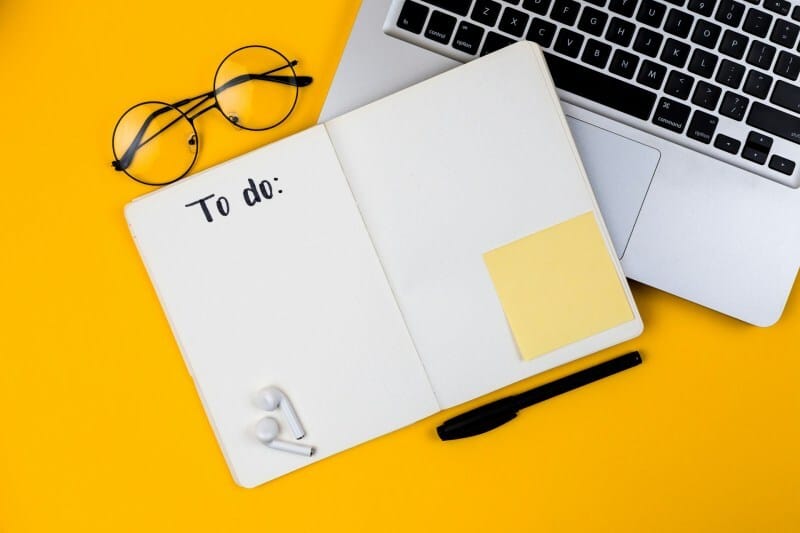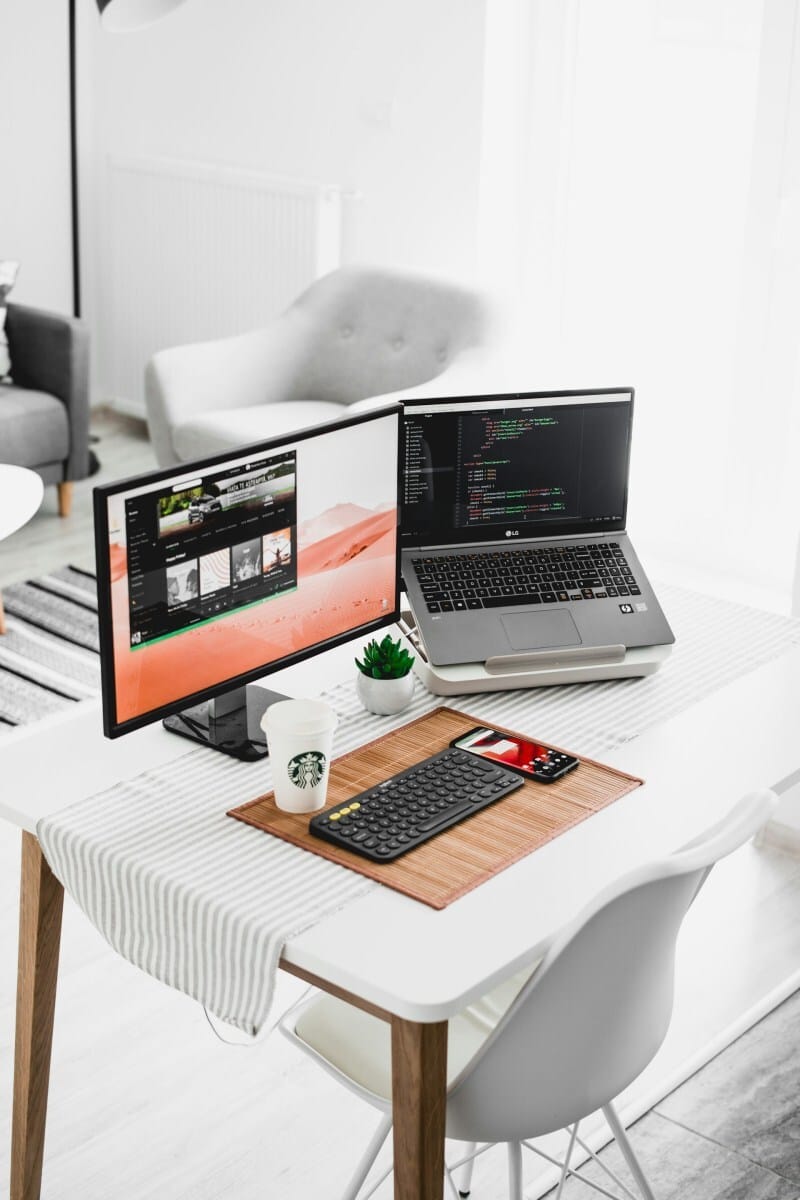Freelance design work offers creative freedom and flexibility. However, it also comes with its own set of financial challenges. Unlike salaried employees, freelancers don’t receive regular paychecks or employer-sponsored benefits. You are your own boss and are responsible for ensuring long-term financial stability.
We’ll provide a comprehensive guide to designer financial planning, covering everything from budgeting to managing irregular income and preparing for the future. With the right tools and strategies in place, you can overcome the challenges of freelancing and build a secure career in design.

Why Financial Planning is Crucial for Freelance Designers
Freelancing can be rewarding, but it comes with a big responsibility. As a designer, you’re responsible for creating stunning work and managing the business side of things. The unpredictability of freelance income is one of the biggest hurdles you’ll face.
Some months may bring in a substantial influx of cash, while others could be slow, leaving you uncertain about how to cover your expenses. If your income falls short of meeting even basic necessities, securing quick funding options designed for gig workers could be a viable solution. Unexpected expenses can arise at any time, and having access to extra funds is crucial for ensuring your financial stability, safety, and peace of mind.
Even the most successful freelancers can face burnout or financial strain without a solid financial plan. Research from Freelancer Map found that 44% of freelancers cite irregular income as a top disadvantage. In addition, 50% have experienced late or missed employer payments, adding to the stress of managing cash flow.
By taking control of your finances and implementing a robust financial plan, you can ensure a sustainable career and weather the inevitable ups and downs of freelancing. Here’s how to get started.

Key Components of Freelance Financial Planning
Financial planning for freelancers isn’t just about saving money; it’s about managing income variability, preparing for taxes, and planning for the future. Let’s break down the key elements of designer financial planning and what you must prioritize to ensure long-term success.
Track Your Income and Expenses
One of the most important tasks in freelancer budgeting is keeping track of your earnings and costs. Irregular income is a hallmark of freelancing, making it harder to budget effectively. For instance, according to the Freelancers Union, nearly 40% of freelancers report having difficulty predicting their monthly earnings.
To stay on top of things:
Use accounting software like QuickBooks, FreshBooks, or Wave to track all your payments and expenses.
Categorize your spending, whether for software tools, marketing, equipment, or other business expenses, so you can analyze where your money is going.
By tracking income and expenses regularly, you gain better insight into your financial health and can take action if you notice trends that could lead to financial problems.

Create an Emergency Fund
In freelancing, it’s essential to have a safety net. An emergency fund lets you cover unforeseen costs or periods of slow work without debt.
How to build an emergency fund:
Goal. Aim for at least 3 to 6 months’ worth of living expenses. If your income temporarily drops, this gives you time to find new clients or projects.
How to save. Set up an independent savings reserve and deposit a fixed percentage on each paycheck. It will add up over time, even if it’s just 10-20% of your income.
Research shows that freelancers with an emergency fund report less stress during financial difficulties and are better able to bounce back after periods of irregular work.

Budget for Taxes
Unlike employees who have taxes automatically deducted from their paychecks, freelancers are responsible for calculating and paying their taxes. Freelancers must pay the employer and employee portions of Social Security and Medicare taxes, which amount to 15.3% of their net income.
The IRS requires freelancers to pay taxes quarterly. Estimating income each quarter and sending in payments accordingly is essential to avoid penalties. Many freelancers pay 25-30% of their income for taxes.
Make it a habit to set aside a portion of each tax payment. Using tax software like TurboTax Self-Employed or consulting with a CPA can help ensure you are paying the correct amount and taking advantage of available deductions.

Plan for Retirement
Without a 401(k) or employer-sponsored retirement program, freelancers must take proactive steps to save for retirement. A survey by The Pew Charitable Trusts found that 41.6% of nontraditional workers, including freelancers, do not have a defined contribution plan balance, such as a 401(k).
Freelance Retirement Options:
Individual Retirement Account. A traditional or Roth IRA can support your savings for retirement with tax benefits. In 2024, the contribution limit for IRAs is $6,500 (or $7,500 for those over 50).
SEP IRA. A Simplified Employee Pension (SEP) IRA allows you to contribute up to 25% of your income, with a maximum of $66,000 in 2024.
Solo 401(k). If you’re a solo entrepreneur, a Solo 401(k) allows you to contribute as both the employer and the employee, with a contribution limit of $66,000 (or $73,500 for those over 50).
Make retirement savings a priority, even if it means starting with small contributions. Compound interest works best when you start early.

Strategies for Freelancers Budgeting
Effective budgeting is key to managing your income and ensuring that your finances stay on track, especially when your earnings fluctuate. Let’s look at some practical strategies that can help streamline your freelancer budgeting.
Separate Business and Personal Finances
As a freelancer, it’s easy to mix personal and business expenditures, but this can lead to confusion when tracking expenses or filing taxes. Separating the two is vital for maintaining a clear financial picture.
Tips for keeping finances separate:
Open a separate bank account for your freelance business.
Use credit cards or a business debit card for work-related purchases only.
This will make it easier to manage your finances, simplify tax filing, and help you track your profitability.

Set Aside Money for Business Expenses
In addition to paying yourself, you’ll need to budget for business expenses such as software, marketing, equipment, and even client entertainment.
Here’s a list of common freelance design business expenses:
Software subscriptions. Adobe Creative Suite, Sketch, Figma.
Equipment. Laptops, graphic tablets, high-speed internet.
Marketing costs. Website hosting, portfolio updates, paid advertising.
Setting aside money specifically for these expenses ensures your business runs smoothly without dipping into personal savings.
Monitor Cash Flow and Adjust Rates Regularly
Cash flow is a major concern for freelancers, especially when payments are delayed or inconsistent. To manage cash flow effectively:
Use invoicing tools. Tools like PayPal, Stripe, or FreshBooks allow you to send professional invoices and keep track of unpaid ones.
Establish payment terms. Consider setting clear payment terms with your clients, such as requiring a 50% deposit upfront and payment upon completion.
You should also regularly assess your rates to ensure they align with the value you provide. As you gain experience, your skills will become more valuable, and you can increase your rates accordingly.

Consider Freelancer Loans for Short-Term Cash Flow
If you are in a financial crunch, consider freelancer loans or lines of credit to bridge the gap. A 2023 report by Zippia indicates that 59% of freelancers in the U.S. work paycheck to paycheck, highlighting the financial challenges they face
There are several options available:
Short-term loans: These can be utilized to cover immediate expenses until you receive payment from clients.
Lines of credit: A business line of credit offers flexibility to borrow money as needed.
Before taking out a loan, shop around for the best interest rates and terms. Loans should be used sparingly and only when necessary to maintain cash flow.
Conclusion
Freelance financial planning is essential for ensuring that your creative career remains financially sustainable. By tracking income and expenses, saving for retirement, and planning for taxes, you’ll be well on your way to long-term success.
Effective freelancer budgeting and strategies to manage cash flow, separate business and personal expenses, and prepare for slow periods will allow you to thrive as a freelance designer. Remember, financial planning is an ongoing process. The earlier you begin, the more financially confident you will be.
Investing in your financial health will allow you to focus on what you love, designing, without worrying about your financial future.
The post Ultimate Financial Guide for Freelance Designers appeared first on Moss and Fog.
